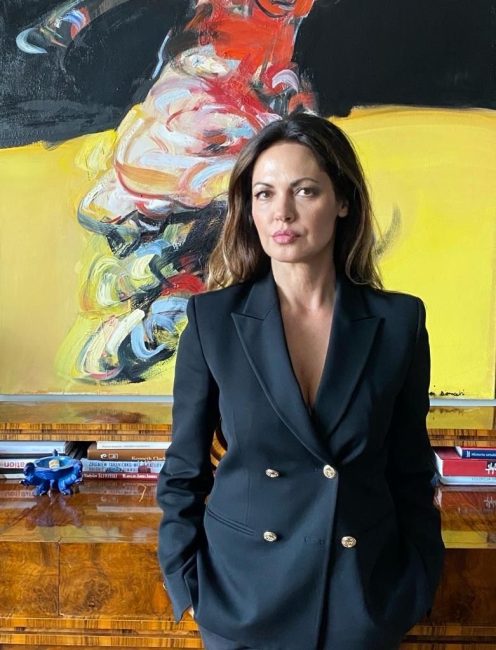First Museum Acquisition
The Whitney Museum of American Art acquired Rothko's 'Baptismal Scene', marking a key milestone in his career.
Professional market valuation
Exhibitions and curatorship
Discreet transactions
Art as an investment
Collection care
Art for clients
Art trading
Purchases and auctions
Art in interiors - hotels, residences, facilities
Artworks for spaces
Authenticity verification
Art leasing
Mark Rothko (1903–1970)
Painter of silence and metaphysics – color as a gateway to transcendence.
Style: Abstract Expressionism, but in his unique form – deep, blurred rectangles of color suspended in space. Meditative, monumental paintings.
Technique: Layered application of oil paint, often on unexpectedly porous surfaces. Each color was meant to resonate like a sound.
Fun fact: He painted the Rothko Chapel in Houston – his most spiritual project. He died by suicide.
For today: Rothko is the artist of silence in an age of noise. He teaches contemplation, focus, and spiritual depth – qualities often missing from contemporary art.
 Joanna Piotrowska - Art Advisor & Marszand
Joanna Piotrowska - Art Advisor & Marszand
Mark Rothko was an American abstract expressionist painter best known for his color field paintings featuring soft rectangular regions of glowing color. His work aimed to evoke deep emotional and spiritual responses from viewers, transcending traditional artistic boundaries. Rothko's career included important mural commissions and the creation of the Rothko Chapel.
Born as Markus Rothkowitz in the Russian Empire, Rothko emigrated to the United States in 1913. He studied art in New York, influenced by Modernists, German Expressionists, and Surrealism, and early works consisted of urban landscapes and expressionist interiors.
Throughout the 1940s, Rothko transitioned from figurative art to 'multiform' compositions with vague, biomorphic shapes, influenced by mythology and emotions connected to World War II, culminating in his signature color field paintings from 1949 onwards.
Rothko focused on large-scale, vertically oriented paintings designed to create an intimate and immersive experience. His work expresses basic human emotions such as tragedy and ecstasy and was deeply influenced by mythology and Nietzsche's ideas on tragedy.
He created significant mural projects including the Seagram murals which he later withdrew due to his opposition to their decor. His Rothko Chapel in Houston remains a seminal spiritual space integrating his art with architecture.
American (originally from Russian Empire)
Contemporary art, Painter
Abstract expressionism, color field painting, mythology, tragedy, spiritual transcendance, human emotions
The Whitney Museum of American Art acquired Rothko's 'Baptismal Scene', marking a key milestone in his career.
Awarded a prestigious mural commission to decorate the Four Seasons restaurant in New York.
Creation of the non-denominational chapel housing his distinctive mural cycle, emphasizing spiritual contemplation.
Rothko's paintings set record prices at auctions, notably 'No. 6 (Violet, Green and Red)' sold for $186 million in 2014.

